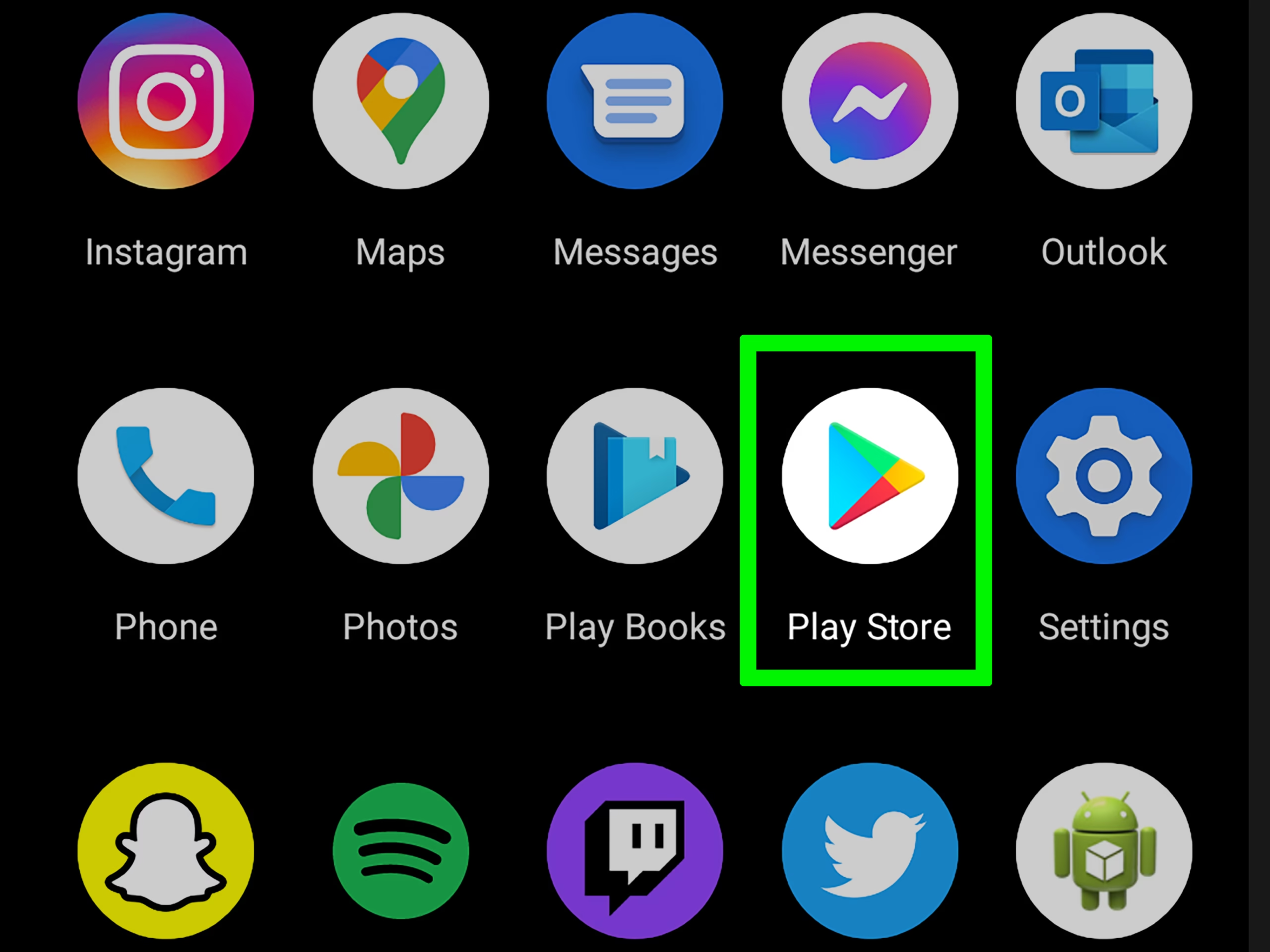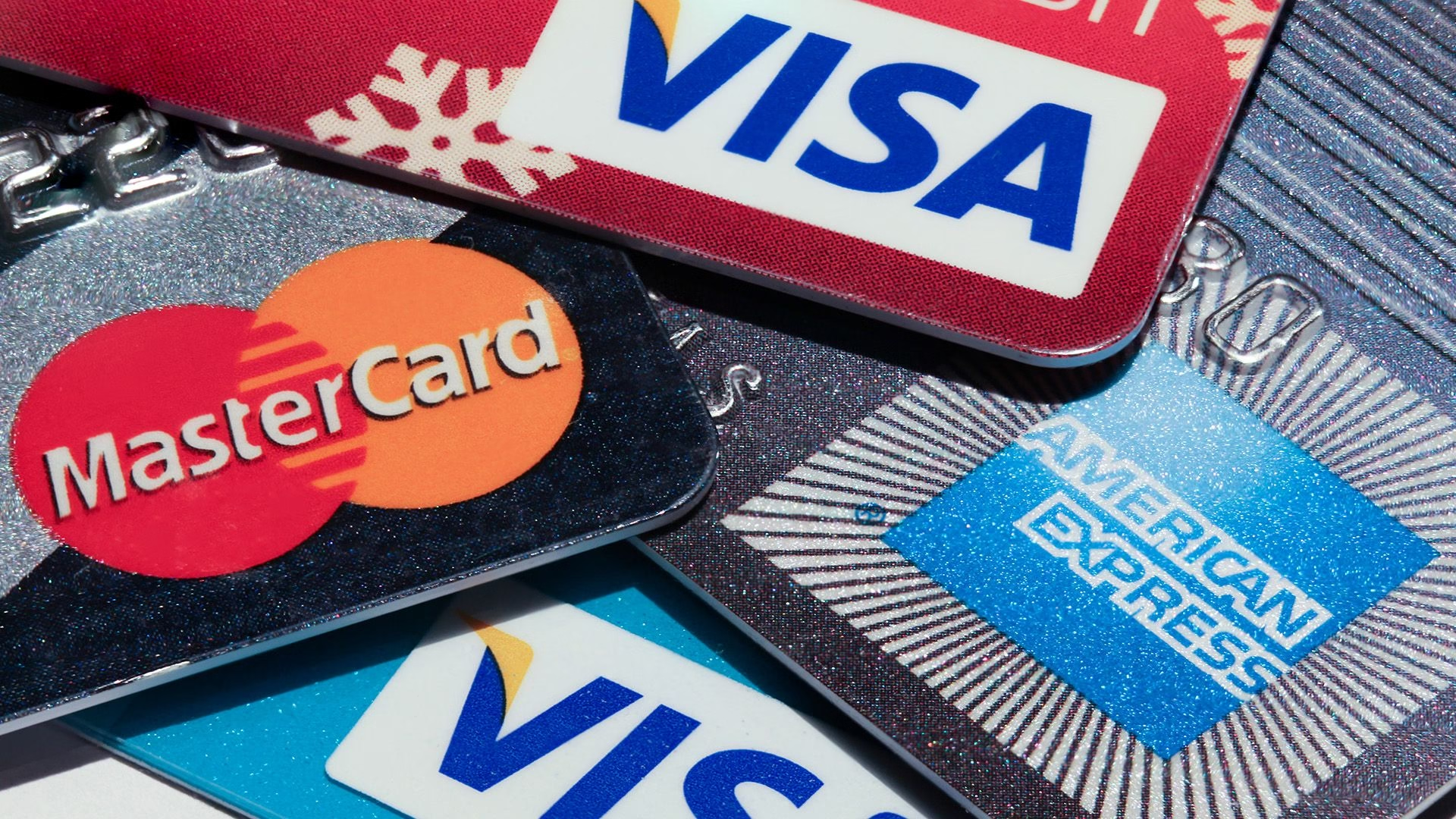Google Play is launching new features that enhance widget visibility immensely. This release is meant to allow app developers to promote their widgets more effectively, and this will lead to greater user engagement and retention. App marketers and developers can directly control their app’s reach and usability with these updates.
What’s New in Google Play’s Widget Update?
The most recent enhancements in Google Play are focused on improving widget display and discovery. Here’s the scoop:
- Improved Widget Placement: Widgets are now more prominent in the Play Store, simpler to discover and install for users.
- Enhanced Widget Previews: People can now see interactive previews of widgets before they download an app.
- Better Recommendations: Google Play employs AI-driven recommendations to offer users suggestions for widgets.
- User-Friendly Updates: Developers can easily update their widgets.
- Amplified Engagement Opportunities: These features encourage more users to engage with widgets on a daily basis, enhancing the app’s retention rate.
Why This Matters to App Developers
The fundamental contribution to developers include:
- Better discoverability of the Widget: Your widget is more discoverable, generating installation.
- Increased User Engagement: Your users will be more inclined to use your widget, which means better retention.
- High revenue from App monetization: More engagement can mean more in-app income and advertising.
- A cutting edge in the competitive market: More efficient widget apps that optimize their widgets gain a competitive advantage.
- User Smooth Operation Experience: Collaborative broadcasts pinpoints users to the exact functionality of a widget before installation.
How to Optimize Widgets to Get Maximum Visibility
In order to fully benefit from these updates, developers ought to:
- Design brilliant and noticeable widgets – Get your widget to be aesthetically appealing and to provide real-time value.
- Use Interactive Elements – Add interactive elements that will keep users engaged.
- Optimize for Performance – Optimize your widget to load quickly and run smoothly.
- Implement Google Play’s AI Suggestions – Follow Google’s guide to get your widget to be suggested more often.
- Promote Your Widget on Other Sites – Cross-promote through social networks, websites, and emails.
- Test and Update Regularly – Frequently test and update your widget to account for new trends and consumer preferences.
- Optimize Load Times – If the widget loads slowly, users will be discouraged from using it.
- Improve Functionality – Make sure that the widget offers extra value that the app does not.
Examples of Optimize Widgets in Real-Life
Some apps have successfully employed widgets to augment usage. Some examples are:
- Weather Applications: Real-time temperature and forecast information are provided via applications like AccuWeather directly to users’ home screens.
- Fitness Trackers: Health apps report the steps taken, the workouts’ progression, and the hydration levels via widgets.
- Finance Apps: Stock tracking widgets allow users to see real-time information regarding their investment without the need to open the app.
- Task Management Tools: Software like Todoist utilize the use of widgets to display outstanding tasks and reminders.
Why Google Play’s Widget Updates Are a Game Changer
Widgets are an amazing tool to augment the use of an app but are typically underutilized. With the recent Google Play upgrade, the prominence, interactive aspect, and attractiveness of the widgets are greater than ever. As a result that developers who optimize their widgets will see a huge increase in user retention and satisfaction.
Also, Google Play’s recommendation system, based on artificial intelligence, ensures that the most suitable widgets are viewed by the users, thereby making it easier for new users to find them. The transition is revolutionary for apps looking to have more engagement and more traffic on their services.
Why Google Play’s Widget Updates Are a Game-Changer
Widgets are an amazing tool to augment the use of an app but are typically underutilized. With the recent Google Play upgrade, the prominence, interactive aspect, and attractiveness of the widgets are greater than ever. This will guarantee that developers who optimize their widgets will gain a real reward through greater user satisfaction and retention.
Besides, Google Play’s AI-powered recommendation system ensures that the right widgets are viewed by the right users, making it easier for new users to discover them. This shift is a game changer for the apps that need to gain more interest and generate more traffic to their service.
Are you prepared to take your app’s widget strategy to the next level? Start implementing these suggestions today and watch your app’s visibility grow!




Leave a Reply